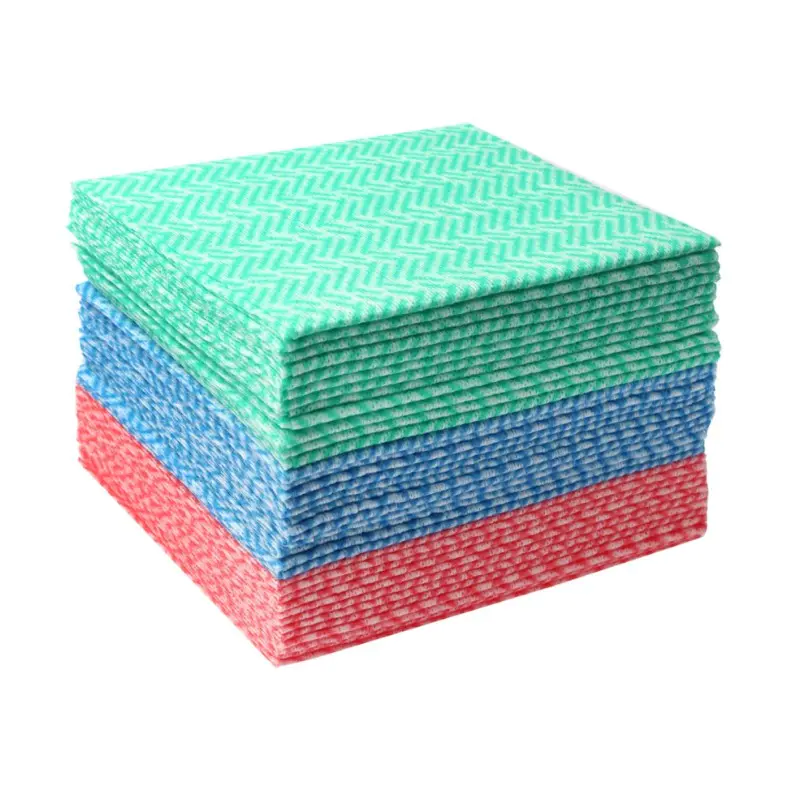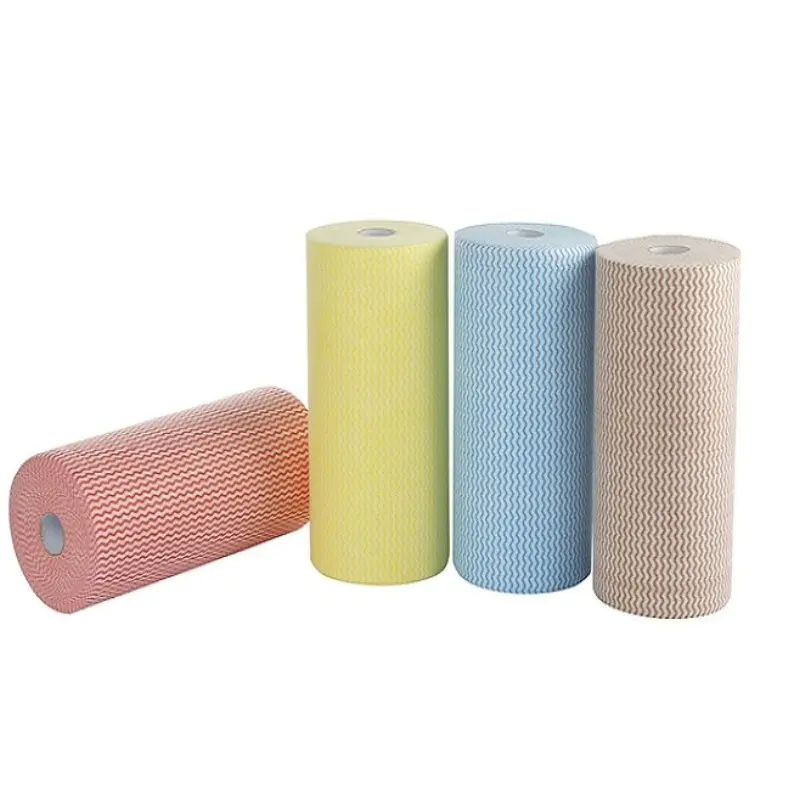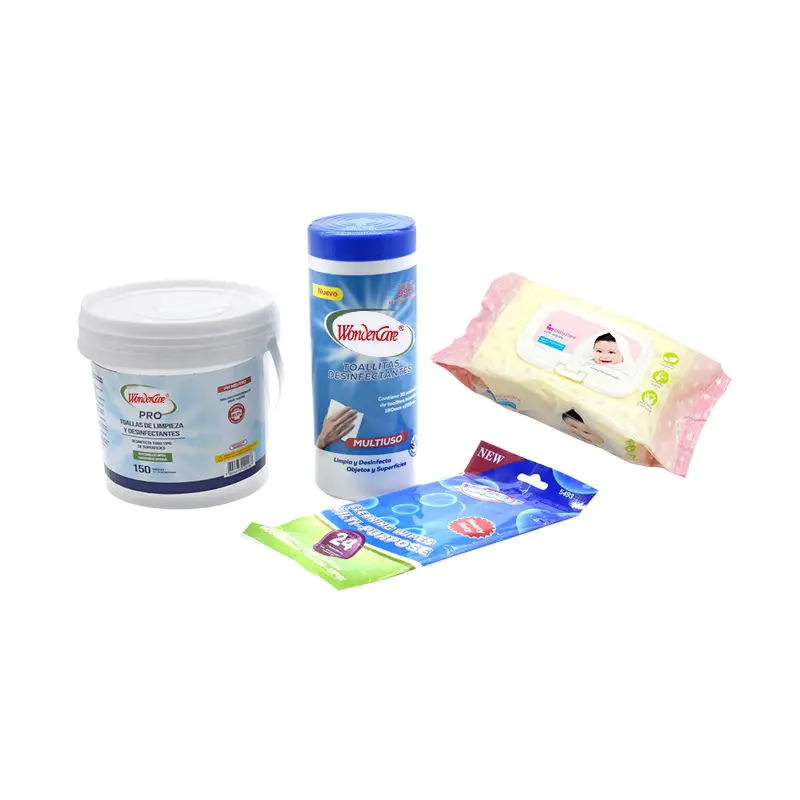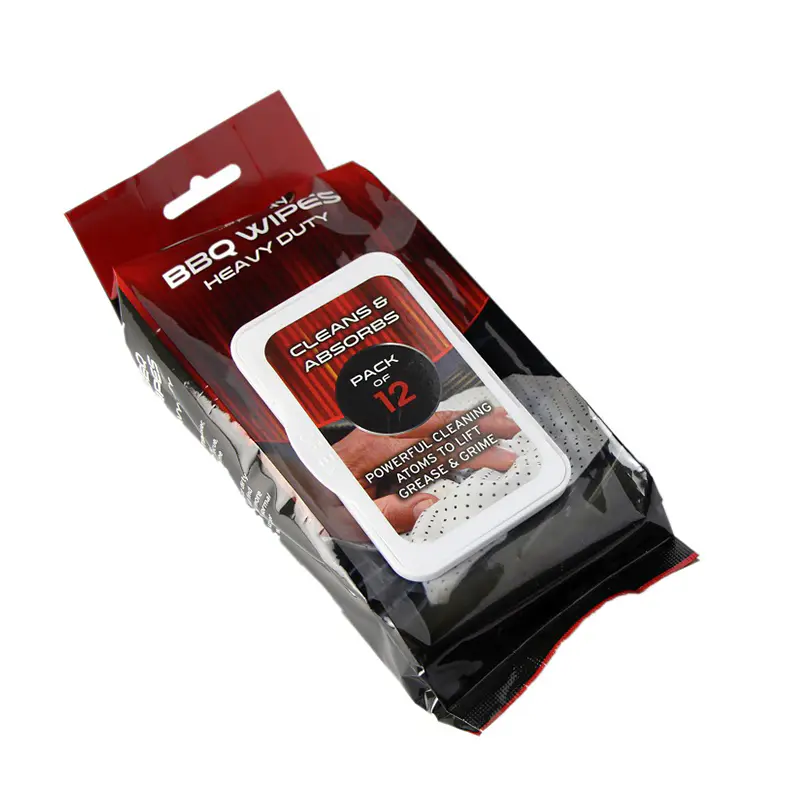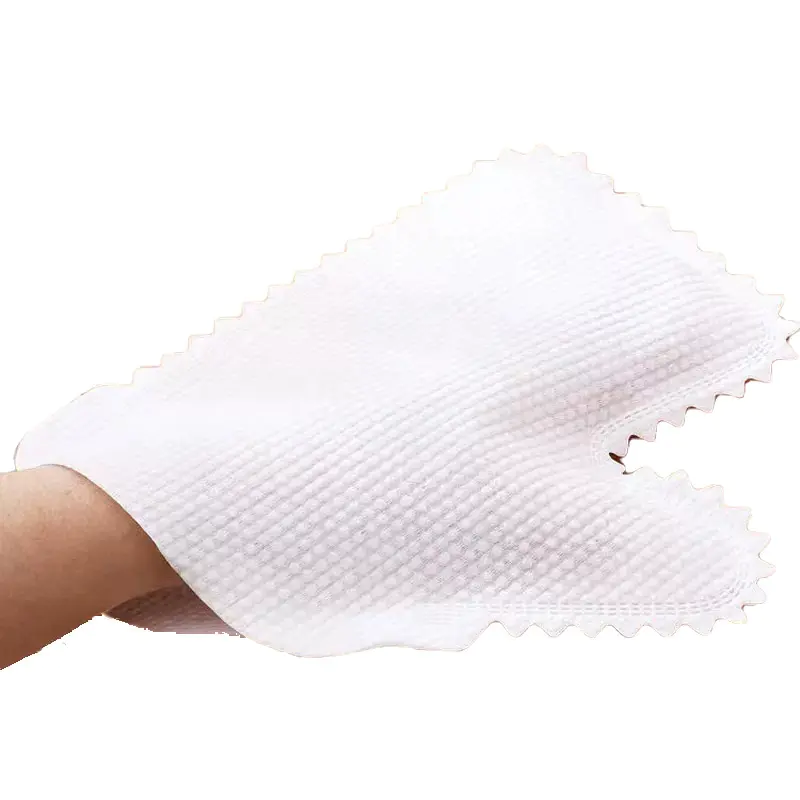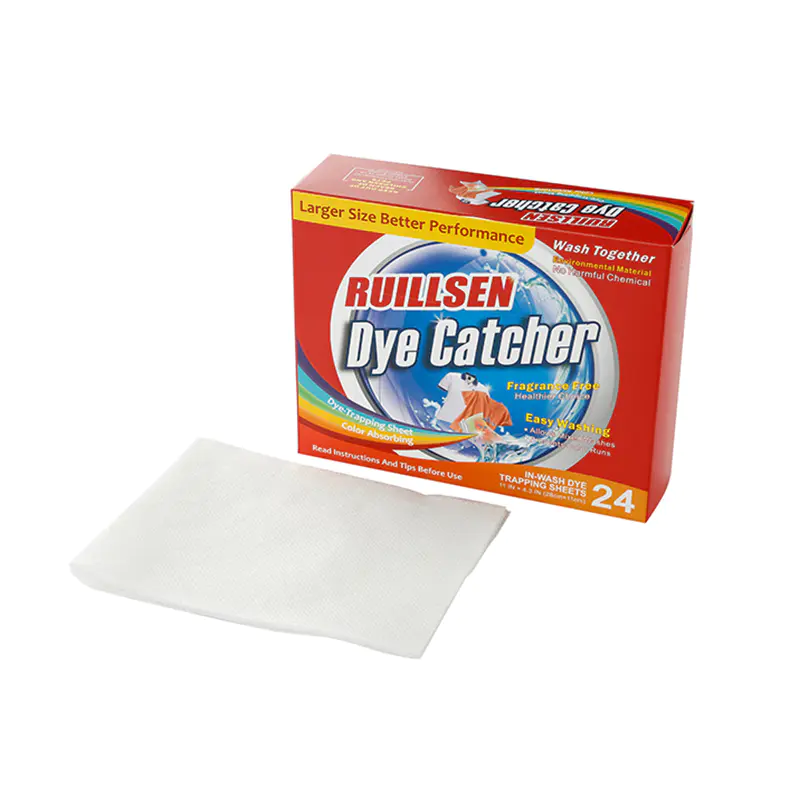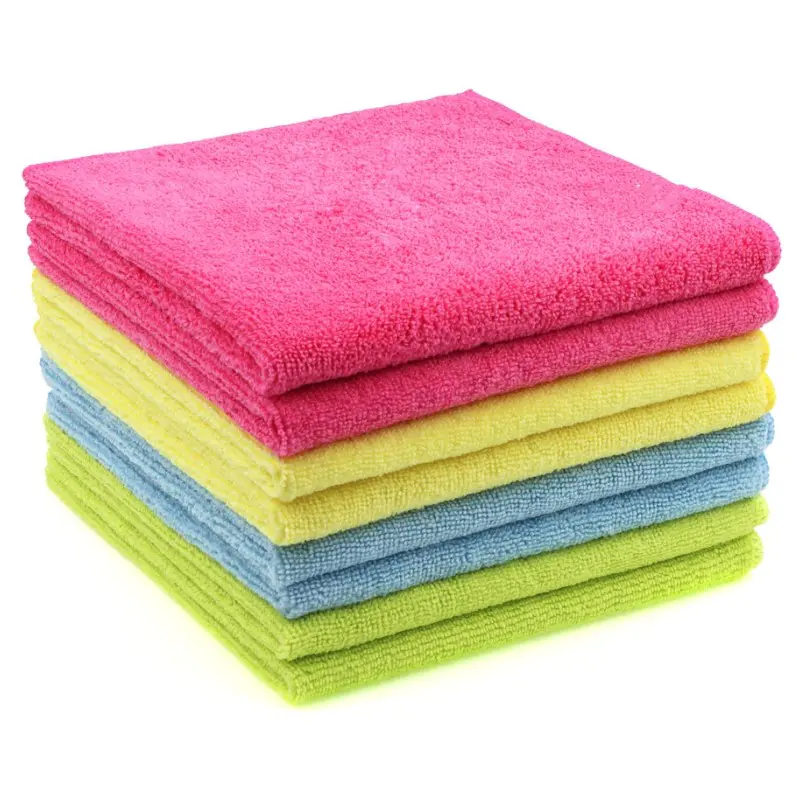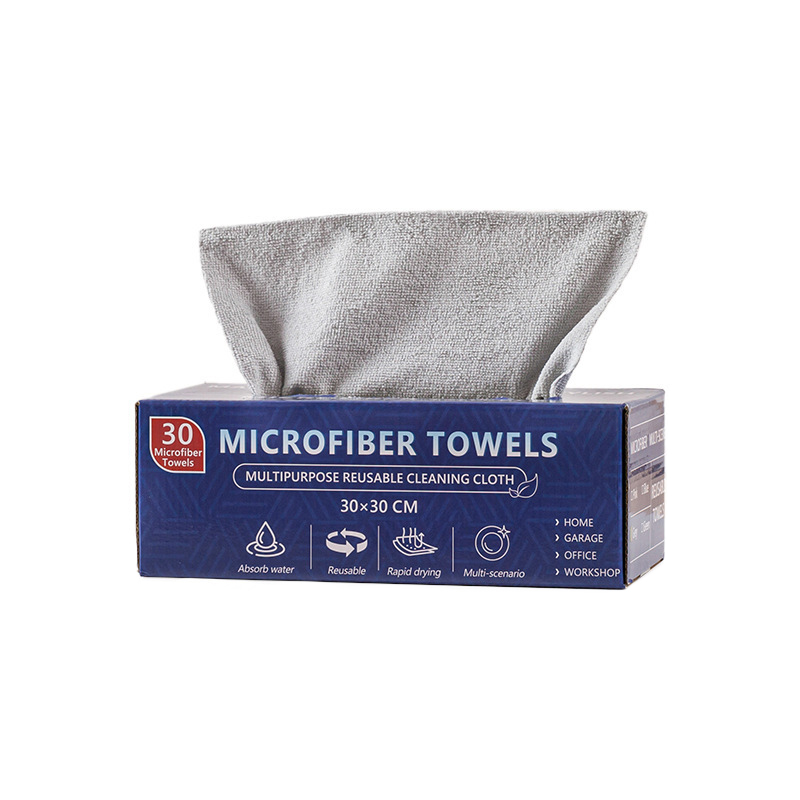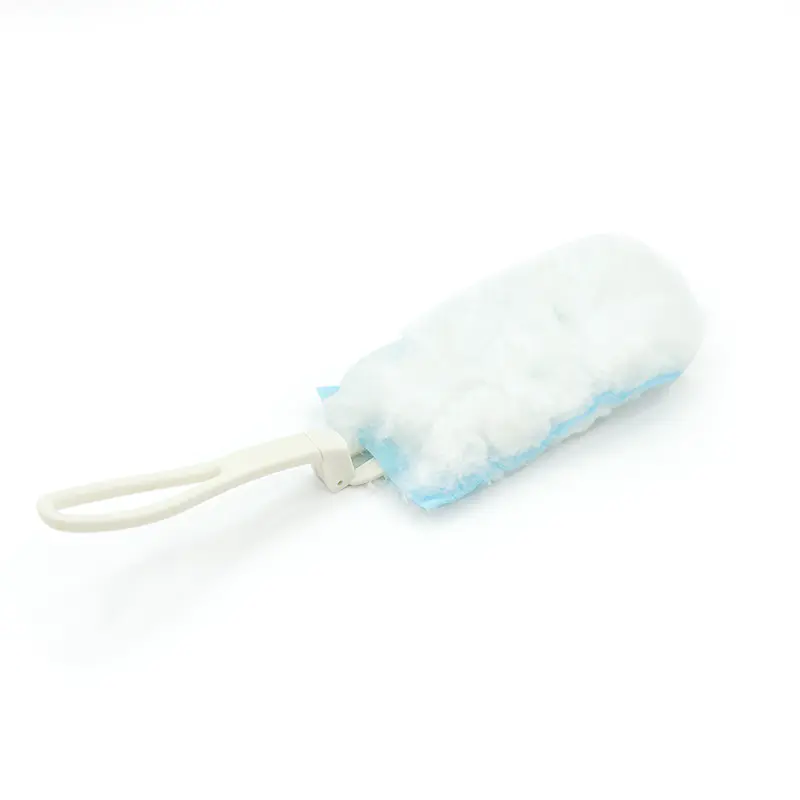These products often rely on strong synthetic chemicals such as bleach, ammonia, and phosphates to deliver rapid and powerful cleaning results. They are highly effective in removing tough stains, grease, and grime, especially in areas prone to buildup, such as kitchens and bathrooms. However, the harshness of these chemicals can sometimes lead to surface damage, discoloration, or residue, particularly on delicate materials like wood, marble, or certain plastics.
Green cleaners typically use naturally derived ingredients, such as plant-based surfactants, enzymes, and essential oils. While these cleaners may take longer to break down tough stains and dirt, they can still be highly effective, particularly for routine cleaning. For example, enzymatic cleaners excel at breaking down organic material such as food stains or grease. However, they may not perform as aggressively as traditional cleaners on stubborn or deeply ingrained stains, especially in industrial or heavy-duty cleaning scenarios.
They offer strong disinfection properties, especially with ingredients like chlorine bleach, which is effective in killing bacteria, viruses, and mold. Traditional chemical cleaners are often the go-to choice for deep sanitization in high-risk areas like bathrooms and kitchens.Many eco-friendly options use natural antimicrobial agents such as vinegar, baking soda, or citrus oils, which can provide some level of disinfection. However, these are generally not as potent as their chemical counterparts for killing pathogens. That said, many green products have improved significantly with the incorporation of innovative ingredients like hydrogen peroxide, which offers powerful disinfection while remaining more eco-friendly.
Chemical cleaners often contain ingredients that can pose health risks. For example, ammonia and bleach release strong fumes that can irritate the eyes, throat, and lungs, especially in poorly ventilated spaces. Some ingredients can also cause skin irritation or allergic reactions. Over time, repeated exposure to harsh chemicals can lead to more serious health issues, particularly for individuals with respiratory conditions like asthma or skin sensitivities.Green cleaners are formulated to be non-toxic, making them safer for human health. They typically avoid harsh chemicals, artificial fragrances, and dyes, reducing the risk of skin irritation, allergic reactions, or respiratory issues. This makes them especially suitable for households with young children, pets, or individuals with allergies or asthma. However, it’s important to note that some natural ingredients, such as essential oils, can still trigger sensitivities in certain individuals.
While highly effective, some chemical cleaners can damage surfaces over time. For instance, repeated use of bleach or acidic cleaners can erode surfaces like tile grout, stainless steel, or natural stone. This could require additional repairs or maintenance in the long run.Eco-friendly alternatives are typically gentler on surfaces. They’re formulated to clean without stripping or damaging delicate materials, making them ideal for regular use on countertops, glass, and wood. Their milder nature reduces the likelihood of long-term surface degradation, although some tougher stains may require more effort or a second application.
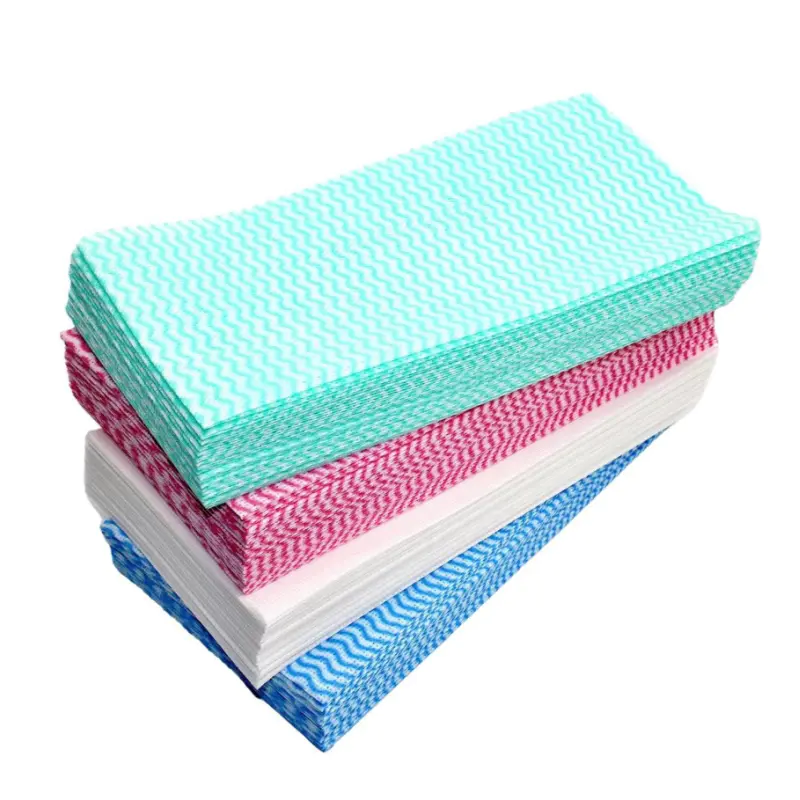
Many chemical cleaners contain non-biodegradable ingredients that, when washed down the drain, can pollute water systems and harm aquatic life. For instance, phosphates in traditional cleaners contribute to water eutrophication, leading to excessive algae growth and oxygen depletion in water bodies.Green cleaners are designed to be biodegradable, meaning they break down more easily in the environment without leaving harmful residues. Their formulations generally avoid chemicals that contribute to air or water pollution. In addition, many green cleaners come in recyclable packaging or use refill systems to reduce plastic waste.
The production of traditional chemical cleaners often involves non-renewable resources, and their manufacturing processes can contribute to pollution.Environmentally friendly products prioritize sustainable sourcing, often using plant-based ingredients and renewable resources. Many companies producing green cleaners also emphasize eco-friendly manufacturing practices, such as reducing energy use, limiting emissions, and supporting fair-trade sourcing for raw materials.
Chemical-based cleaners are often more affordable and widely available due to mass production and lower production costs. This makes them accessible to a broader audience, especially for those seeking quick and powerful cleaning solutions.In the past, eco-friendly cleaners were more expensive and harder to find. However, as demand for sustainable products has grown, prices have become more competitive, and availability has improved. While they may still be slightly more expensive, the gap has narrowed, and the long-term benefits of safer and more sustainable cleaning may outweigh the cost difference for many consumers.
Although they may be less potent for certain heavy-duty applications, they are ideal for routine household cleaning and provide a gentler, healthier, and more eco-conscious solution. The choice between the two depends on the specific cleaning needs and priorities, particularly concerning safety and environmental impact.

 English
English Español
Español